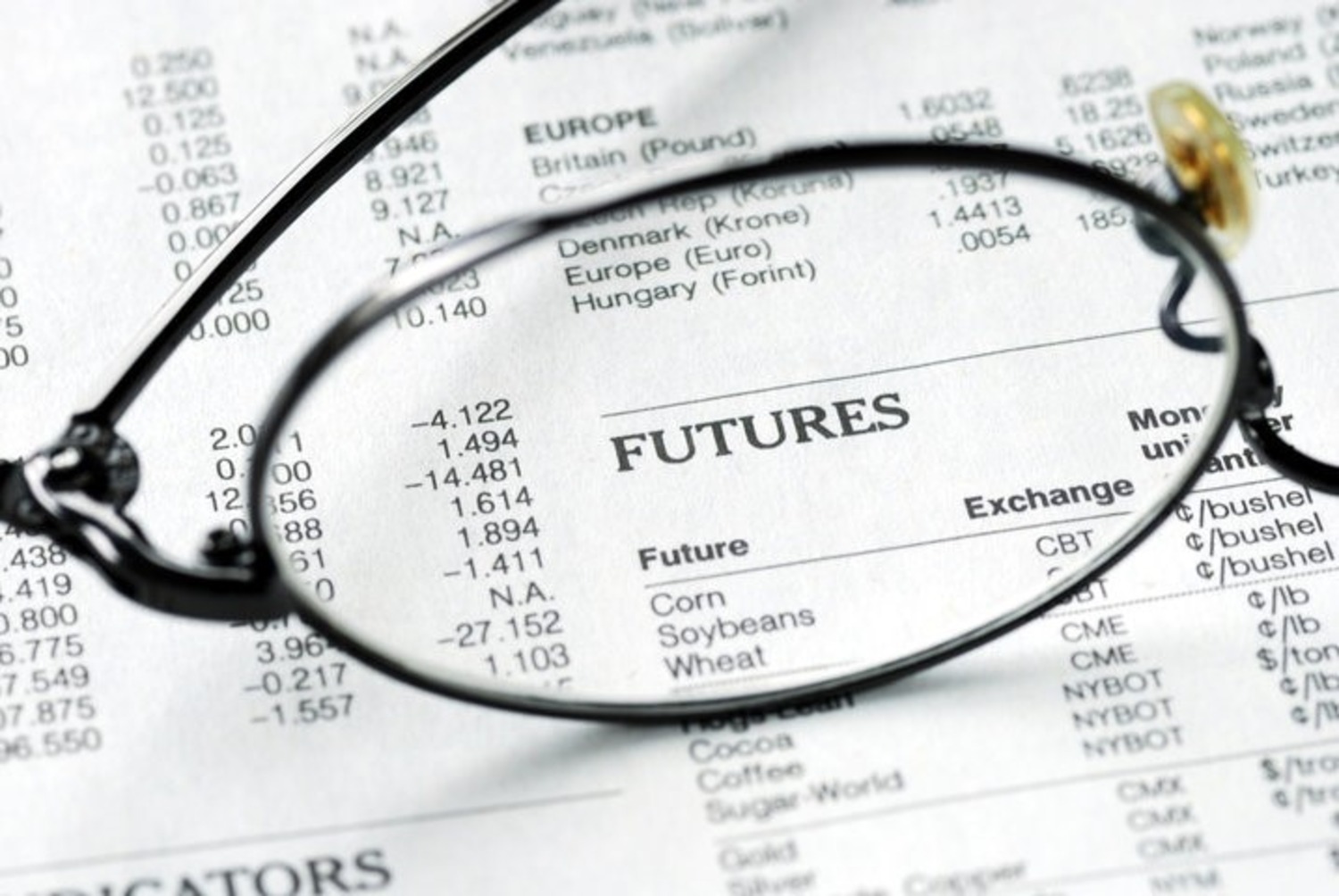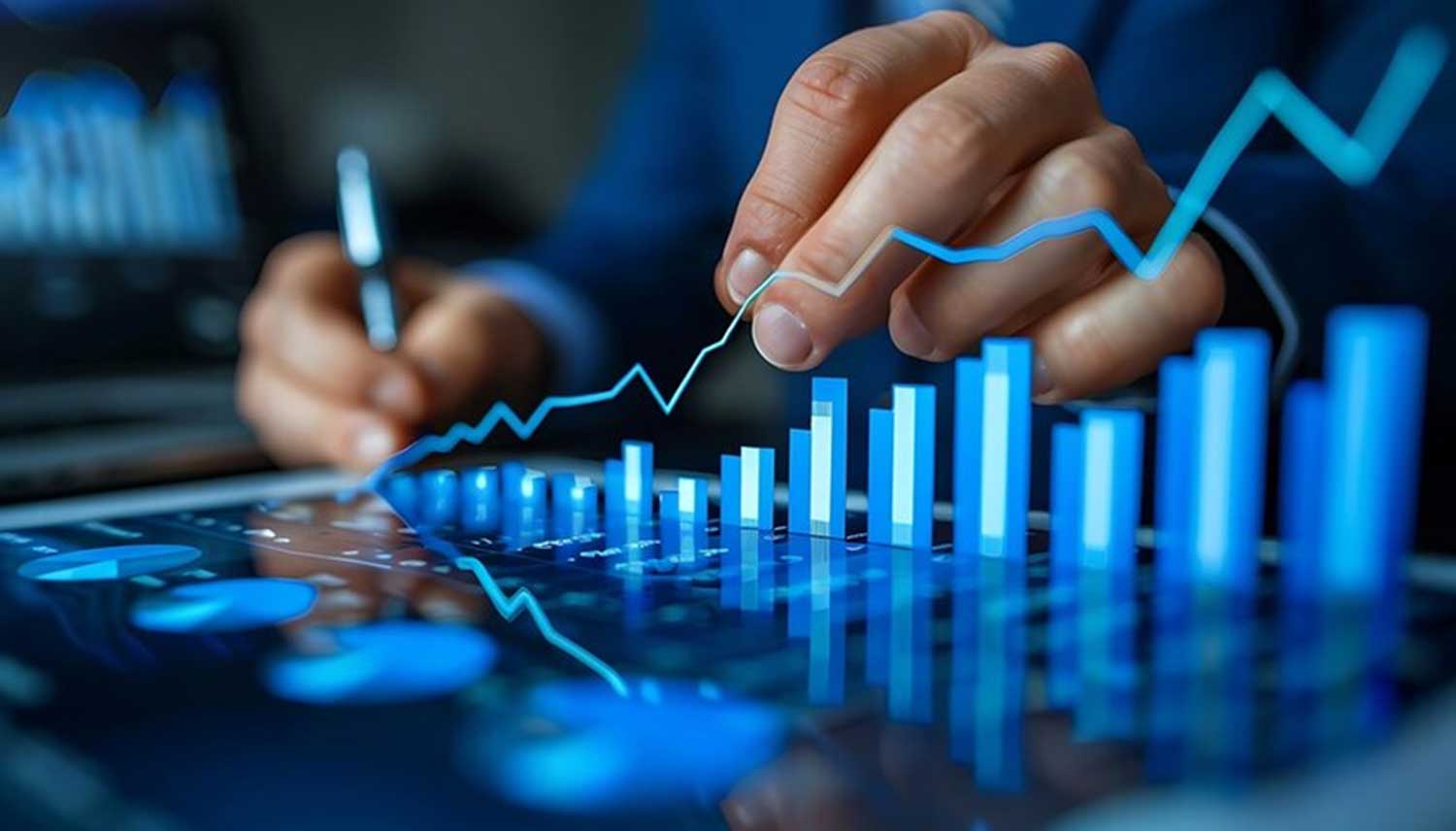In the ever-evolving landscape of financial markets, futures trading stands out as a high-risk, high-reward endeavor that can yield significant profits for those who master its intricacies. However, the potential for financial setbacks is equally substantial. To navigate these waters successfully, it is imperative to understand the fundamentals of financial futures, employ robust risk management strategies, and learn from the practices of financial institutions and large trading houses.
Financial futures are standardized contracts obligating the buyer to purchase, and the seller to sell, a specific financial instrument at a predetermined future date and price. These contracts can cover a wide array of assets, including commodities, currencies, interest rates, and stock indices. Among the most notable are treasury bond futures and bond futures, which involve government securities and corporate bonds, respectively.
The Appeal of Futures Trading
Futures trading offers several advantages:
- Leverage: Traders can control large positions with a relatively small amount of capital, amplifying potential gains.
- Liquidity: Futures markets are highly liquid, enabling traders to enter and exit positions with ease.
- Diversification: Futures provide exposure to a variety of asset classes, enhancing portfolio diversification.
However, these benefits come with significant risks, necessitating a well-thought-out approach to avoid financial setbacks.
Avoiding Financial Setbacks in Futures Trading
1. Mastering Risk Management
The cornerstone of successful futures trading is robust risk management. Here are key strategies to mitigate risks:
A. Set Clear Goals and Limits: Define your financial goals, risk tolerance, and capital allocation before entering any trade. Establishing stop-loss orders can help limit potential losses.
B. Diversify Your Portfolio: Avoid putting all your eggs in one basket. Diversify across different asset classes and markets to spread risk.
C. Use Leverage Wisely: While leverage can amplify gains, it can also magnify losses. Use it cautiously and ensure you have sufficient margin to cover potential losses.
D. Stay Informed: Keep abreast of market trends, economic indicators, and geopolitical events that can impact futures prices. Continuous education and market analysis are crucial.
2. Learning from Financial Institutions and Big Trading Houses
Large financial institutions and trading houses have a wealth of resources and expertise at their disposal. Observing their strategies and behaviors can provide valuable insights for individual traders.
A. Analyzing Market Trends and Data
Financial institutions invest heavily in research and data analysis to identify market trends and potential opportunities. They utilize advanced algorithms and trading systems to process vast amounts of data in real-time. Individual traders can learn from this by:
- Utilizing Technical and Fundamental Analysis: Incorporate both technical analysis (chart patterns, indicators) and fundamental analysis (economic reports, earnings data) in your trading strategy.
- Monitoring Market Sentiment: Pay attention to market sentiment indicators such as the CBOE Volatility Index (VIX) and sentiment surveys to gauge investor confidence.
B. Following Their Footsteps in Seeking Bargains
Large trading houses are adept at identifying undervalued assets and capitalizing on market inefficiencies. They often engage in contrarian trading, where they go against prevailing market trends based on their analysis.
- Look for Oversold Conditions: Identify assets that have been oversold due to market panic or overreaction. These can present buying opportunities when market conditions stabilize.
- Monitor Insider Activity: Insider buying and selling activity can provide clues about the future performance of a company or sector.
C. Keeping an Eye on Their Future Intentions
Understanding the future intentions of large futures players can offer a strategic advantage. Institutions often disclose their positions and strategies in regulatory filings, press releases, and analyst calls.
- Track Institutional Holdings: Use tools like the Commitment of Traders (COT) report to track the positions of large traders and commercial hedgers in the futures markets.
- Follow Earnings Reports and Guidance: Companies often provide forward-looking guidance in their earnings reports, which can influence futures prices.
Key Considerations for Successful Futures Trading
- Develop a Solid Trading Plan
A well-defined trading plan is essential for success in futures trading. This plan should outline your trading goals, risk tolerance, entry and exit strategies, and criteria for selecting trades. Stick to your plan and avoid making impulsive decisions based on emotions or short-term market fluctuations.
- Stay Disciplined and Patient
Discipline and patience are critical virtues in futures trading. Avoid the temptation to chase quick profits or overtrade. Instead, focus on executing your trading plan consistently and be patient as your strategies play out.
- Embrace Continuous Learning
The financial markets are dynamic and constantly evolving. Successful traders never stop learning. Stay updated on market developments, refine your trading strategies, and seek out educational resources to enhance your knowledge and skills.
- Utilize Technology and Tools
Leverage technology to enhance your trading capabilities. Utilize trading platforms that offer advanced charting tools, real-time data feeds, and algorithmic trading capabilities. Additionally, consider using risk management tools such as automated stop-loss orders and position sizing calculators.
- Network and Collaborate
Engage with other traders and industry professionals to exchange ideas and insights. Join trading forums, attend webinars, and participate in industry events to expand your network and stay informed about the latest trends and strategies.
Futures trading offers a world of opportunities for those who are willing to invest the time and effort to master its complexities. By understanding the fundamentals, employing robust risk management strategies, and learning from the practices of financial institutions and large trading houses, individual traders can navigate the futures markets with confidence and avoid financial setbacks.
Remember, success in futures trading is not about making quick profits but about consistent, disciplined execution of a well-thought-out trading plan. Stay informed, stay disciplined, and continue learning to achieve long-term success in the dynamic world of financial futures.
To open an account with Cannon Trading Company, please click here.
Ready to start trading futures? Call US 1(800)454-9572 – Int’l (310)859-9572 email info@cannontrading.com and speak to one of our experienced, Series-3 licensed futures brokers and start your futures trading journey with E-Futures.com today.
Disclaimer – Trading Futures, Options on Futures, and retail off-exchange foreign currency transactions involves substantial risk of loss and is not suitable for all investors. Past performance is not indicative of future results. You should carefully consider whether trading is suitable for you in light of your circumstances, knowledge, and financial resources. You may lose all or more of your initial investment. Opinions, market data, and recommendations are subject to change at any time.
Important: Trading commodity futures and options involves a substantial risk of loss. The recommendations contained in this writing are of opinion only and do not guarantee any profits. This writing is for educational purposes. Past performances are not necessarily indicative of future results.
**This article has been generated with the help of AI Technology. It has been modified from the original draft for accuracy and compliance.
***@cannontrading on all socials.









